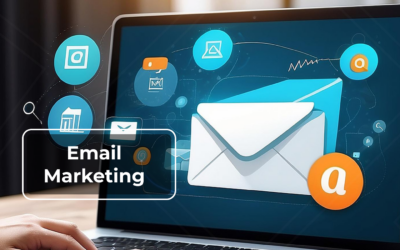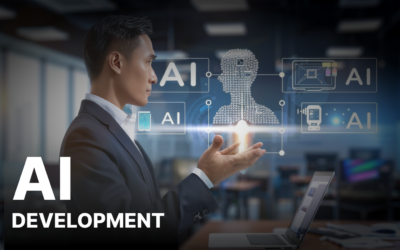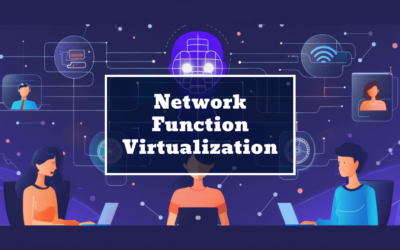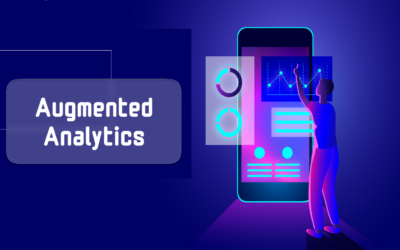Generative AI and Its Impact on Software Development
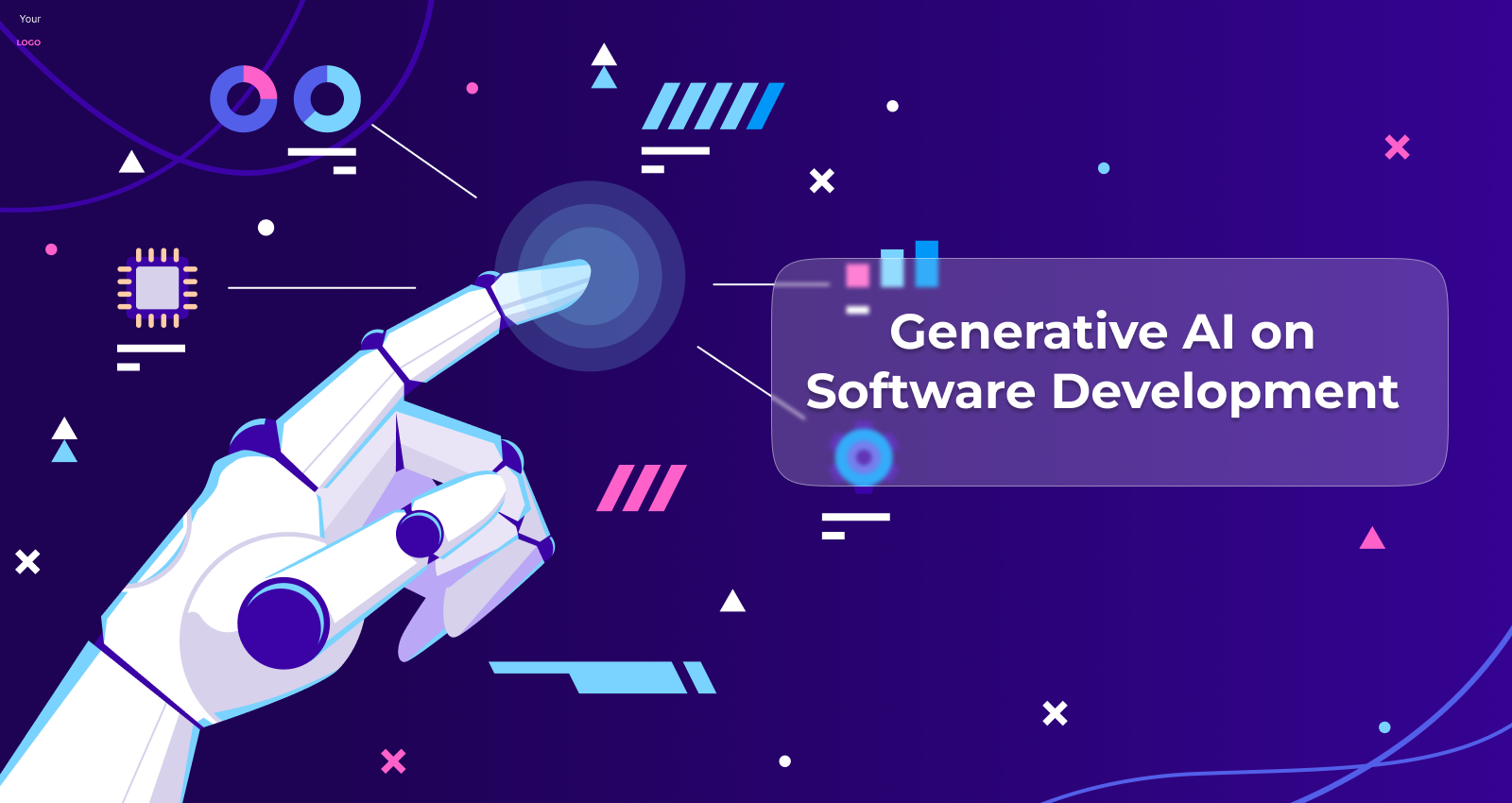
Introduction:
Imagine if you could hand off all those boring tasks to someone—or something—else. Well, that’s what generative AI does. It’s like having a super-efficient assistant who doesn’t complain or make mistakes.
Lots of people are already using generative AI. A recent survey found that about 29% of Gen Z, 28% of Gen X, and 27% of Millennials use it at work.
Different industries are feeling the impact too:
- 37% in advertising and marketing
- 35% in technology
- 30% in consulting
- 19% in accounting
- 15% in healthcare
Back in 2022, only 23% of businesses were using generative AI, but by 2025, experts think that number will jump to 46%.
Generative AI isn’t just a trendy phrase—it’s changing how developers work. It’s making coding, design, and problem-solving faster and easier.
In this article, we’ll dive into what generative AI is, how it’s changing technology, and share some cool examples from the recent Google Cloud Applied AI Summit, where Kanda’s team was there to see it all.
What is Generative AI?
Generative AI is a type of artificial intelligence that can make new stuff, like text, pictures, or code. Unlike old AI that follows strict rules, generative AI learns from lots of examples to understand patterns and context. For example, GPT-3 is a language model that’s been trained on tons of text, so it can write things that make sense based on what you tell it.
Generative AI is like having a smart assistant that can create things on its own. Instead of just following instructions, it can think for itself and come up with new ideas or content. It’s used in various fields like art, writing, music, and even business to generate new designs, stories, or solutions to problems. This technology is changing the way we work by making tasks faster and more creative.
Integrate generative AI across the full software life cycle
Instead of just fixing a problem once and leaving clients to figure out any issues that come up later with generative AI, we change how software is made from the ground up. We keep improving things over time by checking how well they’re working and making changes as needed.
- Kickstart your transformation:
Kickstart your transformation with Generative AI for Software Engineering blueprint
- We look at how you currently make software, checking out what’s working well and what could be better. Then, we pick out the best places to use generative AI to make things even smoother.
- We set up everything you need to start using generative AI in software development. This includes making sure your team has the right skills and tools and making sure everything is safe and won’t cause any legal or cybersecurity problems.
- Finally, we come up with a plan to gradually use generative AI throughout the different steps of making software, from planning to testing and everything in between.
- Upskill your teams:
Upskill and engage your teams through “hands-on” collaboration
- We team up with our generative AI buddies, who are like super-smart software engineers trained in the newest AI tricks. Together, we can either give your team some tips or work side-by-side to make your software the best it can be.
- Our Generative AI for Software Engineering Academy is top-notch, with a certification program that makes sure your team knows their stuff when it comes to using AI in software development.
- Measure and improve together:
Measure and improve together to set new software engineering market standards
- We made a special way to measure how much generative AI helps in making software. It checks things like how fast you work, how good the quality is, and how developers feel about using it. Then, we compare your results to what we’ve seen in other projects to see how well you’re doing.
Impacts of Generative AI on Software Development-
The fact that AI-powered code generation and related tools are revolutionizing how software gets created, tested, and deployed. And the effects we’re already seeing are just the tip of the iceberg.
1. Increased Productivity:
Generative AI is changing how software is made by saving time and boosting productivity. It can do things like making user interfaces, running tests, and writing documents automatically, so developers can spend more time on tricky stuff while the AI takes care of the easy bits.
2. Improved Quality:
Generative AI can make software better by cutting down on mistakes and making things super accurate. For example, it can create detailed diagrams of how a program works based on what you tell it, making sure everything fits together perfectly. It’s also good at finding bugs early on, so you can fix them before they cause problems. Plus, it helps avoid the usual mistakes that come with writing code by hand.
3. More Personalized Experience:
By using generative AI, software developers can make software that’s tailored to each user. This makes people more interested in and happier with the software they’re using. With generative AI, programmers can tweak their products to fit exactly what each user wants and likes.
4. Increased Competition:
Generative AI makes it easier for developers to work on complicated code. It also helps companies do things they couldn’t do before, like hiring less experienced developers without spending as much money.
5. Loss of Creativity:
As artificial intelligence becomes more common in everyday work, there’s a risk that developers might rely too much on it. This could mean less room for creativity and innovation in software development. While AI handles the boring stuff, we need to keep pushing ourselves to come up with new ideas and think outside the box to keep the field moving forward.
6. Lack of Transparency:
Understanding how generative AI makes decisions can be tricky, which makes it hard to keep things transparent and accountable in software development. As AI gets more advanced, it’s important to focus on figuring out how it works and making sure it’s used responsibly. By being transparent and accountable, we can make sure AI is used ethically.
7. Security Risks:
Using generative AI comes with some security risks because it uses machine learning, which could be targeted by hackers or have its data messed with if it’s not protected well. Because of these dangers, organizations must ensure their systems are safe before using generative AI in their software development.
The future of generative AI: Transforming work as we know it
Generative AI, like ChatGPT, is already making a big difference in lots of industries. It’s not something that’s going to happen far in the future—it’s happening right now.
1. Impacts across industries:
The research shows that Large Language Models (LLMs), which power generative AI, will affect every type of job. From business to management, generative AI will change how people work, taking up anywhere from 9% to 63% of their time. Overall, it’s expected to affect 40% of working hours in all industries, showing how much, it’s going to shake up the professional world.
2. Reinventing work:
As generative AI becomes a normal part of work; every job could change. Humans and AI will work together more, helping each other out. This could mean automating tasks, getting assistance from AI, organizing work better, and even taking on new jobs we haven’t thought of yet.
3. Advising and co-piloting:
Generative AI will help a lot in advisory jobs like customer support, sales, HR, and research. It’ll be like having a helpful assistant, making things faster and easier. It’ll also be a great partner for creativity, helping with design, coming up with names, and creating content. For coders, it’ll make writing code and predicting problems faster. And in roles that involve automation, it’ll make things super-efficient and personalized. Plus, it’ll help with keeping everything in a company organized and secure.
4. Skills for the future:
As work changes, new skills will be super important. People will need to know how to make AI and how to use it. That means being good at technical stuff like AI engineering, but also being able to work well with AI in everyday tasks. For jobs that need a lot of thinking and judgment, it’s important to understand how AI works.
For example, doctors will need to know about AI to use it well in their work. Generative AI will also create new jobs, like experts in language, people who check the quality of AI, those who edit AI content, and engineers who design prompts for AI.
Latest 5 generative AI tools for Software Development:
- OpenAI’s GPT-3: GPT-3 is a cutting-edge language model that can understand and generate human-like text based on prompts. It’s incredibly versatile and can be used for tasks like code generation, language translation, and content creation. With its vast dataset and powerful algorithms, GPT-3 is revolutionizing how developers approach various aspects of software development.
- GitHub Copilot: GitHub Copilot is an AI-powered code completion tool that helps developers write code faster and more efficiently. It uses machine learning to understand context and suggest relevant code snippets as developers’ type. With Copilot, developers can save time and reduce errors by leveraging their extensive knowledge base of programming languages and best practices.
- DeepMind’s AlphaFold: AlphaFold is a deep learning system that predicts protein structures with high accuracy. In software development, it’s used for tasks like protein folding prediction, which is crucial for understanding biological processes and designing new drugs. By accurately predicting protein structures, AlphaFold accelerates research in areas like drug discovery and bioinformatics.
- RunwayML: RunwayML is a platform that enables artists, designers, and developers to harness the power of generative AI in their creative projects. It provides a user-friendly interface for training and deploying machine learning models, making it accessible to a wide range of users. With RunwayML, developers can explore new possibilities in fields like computer vision, natural language processing, and creative coding.
- Hugging Face’s Transformers: Transformers is an open-source library for natural language processing tasks, developed by Hugging Face. It provides pre-trained models and tools for fine-tuning them on custom datasets, making it easier for developers to build and deploy AI-powered applications. With its extensive collection of models and easy-to-use APIs, Transformers is a valuable resource for software developers looking to incorporate natural language understanding into their projects.
Conclusion:
In conclusion, the rapid advancements in generative AI are reshaping the landscape of software development, offering unprecedented opportunities and challenges for IT services companies. From OpenAI’s GPT-3 to GitHub Copilot and DeepMind’s AlphaFold, these cutting-edge tools are empowering developers to work smarter, faster, and more creatively than ever before. With platforms like RunwayML and Hugging Face’s Transformers democratizing access to AI technology, the barriers to entry for leveraging generative AI have never been lower.
As we embrace this transformative era, it’s essential for IT services companies to stay agile, continuously learn, and adapt their strategies to harness the full potential of generative AI. By embracing collaboration between humans and AI, investing in skills development, and prioritizing ethical considerations, IT services companies can navigate this new frontier with confidence and drive innovation that delivers meaningful value to clients and end-users alike.
Are you looking for any IT Services such as Software Testing, Web design and Development, Professional/Staff Augmentation Services, Cloud Computing, Mobile App Development, Digital Marketing Services and more? Connect Stridefuture Technology, which helps to meet your requirements.
{StrideFuture Technology, a full-service company specializing in Software Solutions and Consultancy services. We specialize in Personal, Business, IT Services, Software Testing, Web design and Development, Mobile App Development, Digital Marketing Services, and much more you can dream Virtually with us! Reach out for more service at StrideFuture Technology.}
